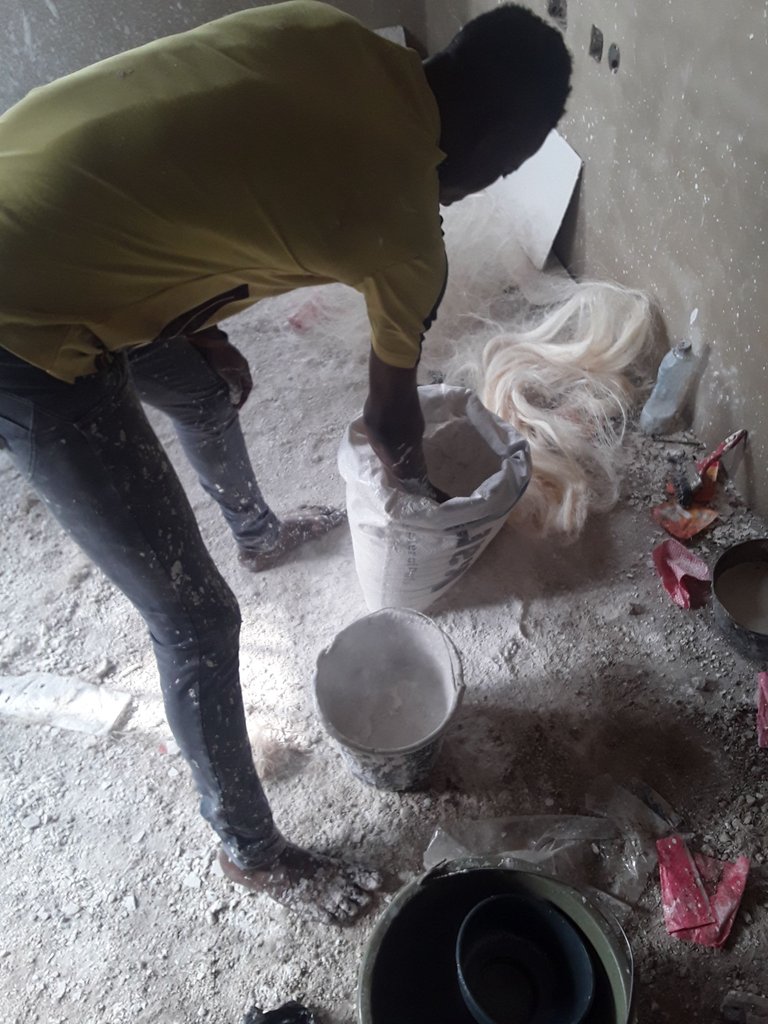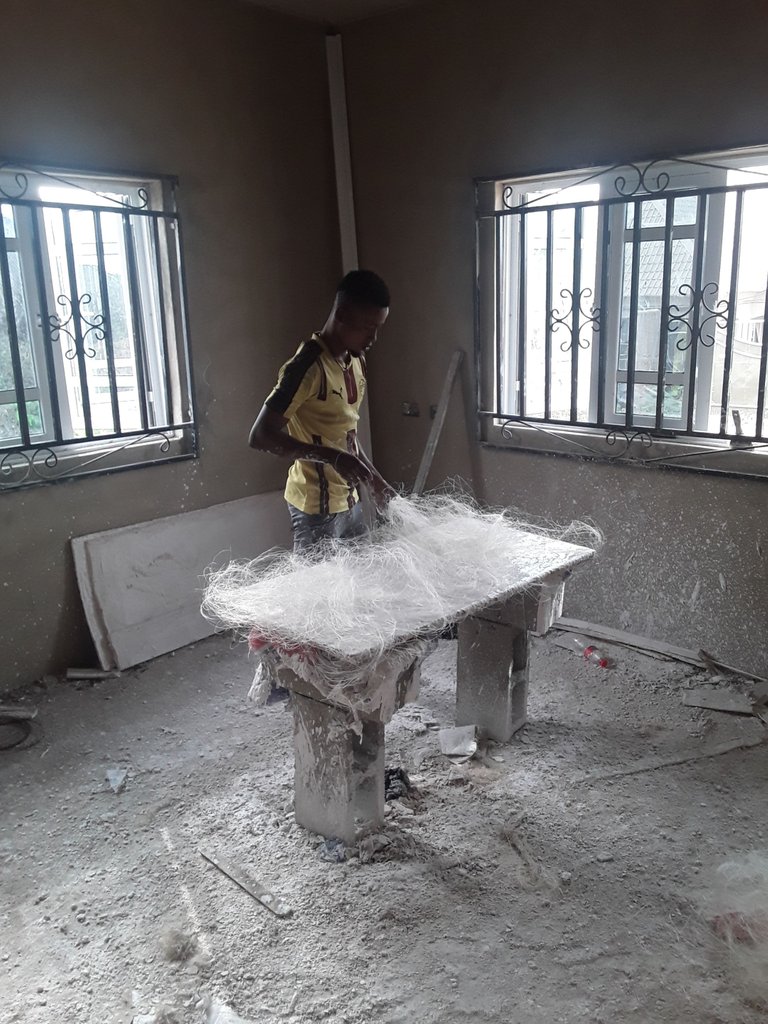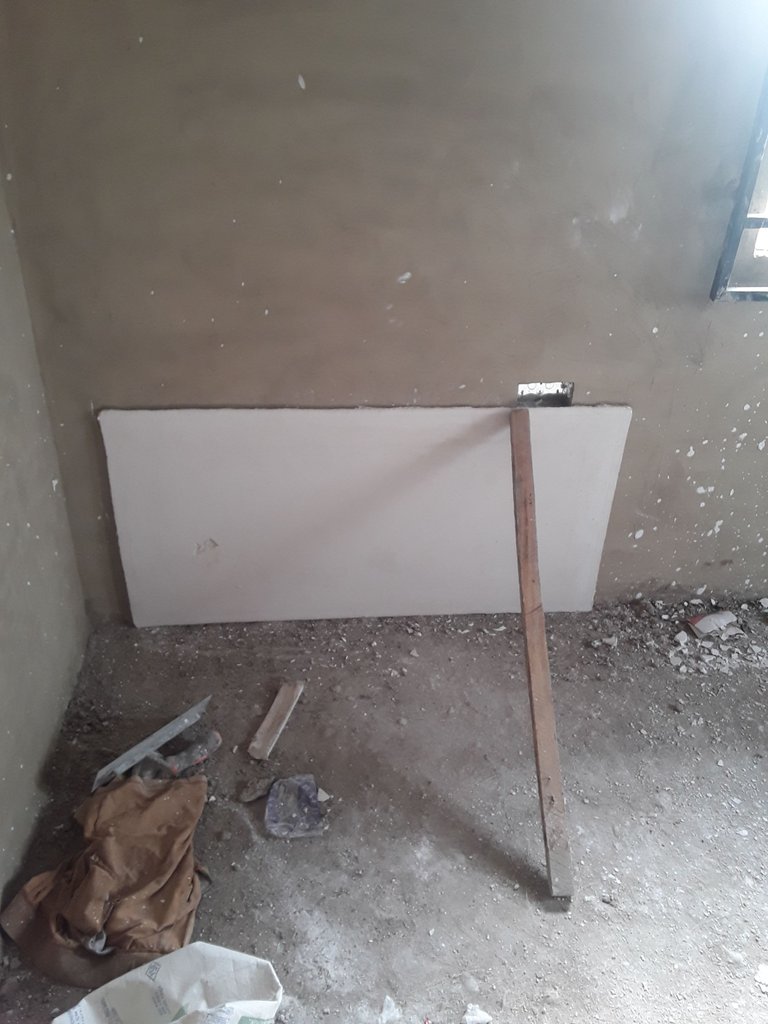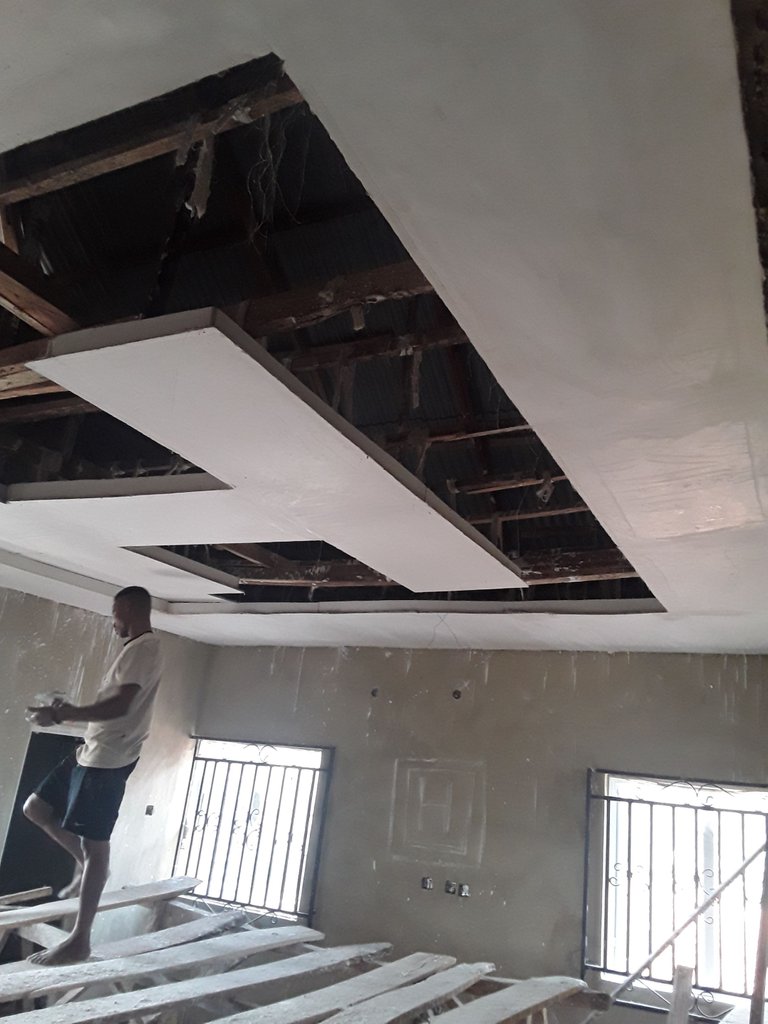Plaster of Paris: From Medicine to Building
I first heard about plaster of Paris (POP) when I was still quite young and I only came across it in relation to medicine. While playing in our youthful exuberance, one of us, a neighbour, got his hand fractured and had to be rushed to the nearest hospital for immediate medical attention. He came back with a rather huge and whitish material plastered all over his leg. They called the substance POP.
I came across the word 'POP', again during my secondary school education, in a chemistry class to be precise. The teacher was busy discussing the chemistry of calcium while impassantly mentioning that hydrated calcium sulfate is utilized in bone rehabilitation as plaster of Paris (POP).
Just recently, the words popped up again in a building construction sense. Obviously, the vogue now is to use plaster of Paris to make building ceilings instead of the usual asbestos that has become the household name. Change is a constant thing, they say.
I was lucky enough to have witnessed the process of using plaster of Paris as ceilings for buildings. The pop artisan was invited to value the work and he estimated the total quantity of materials that would be required in addition to their workmanship. According to them, the standard is to charge about $10 per square meter of the ceiling.
After successfully negotiating, the artisan went and brought in some materials. The major material is what is known as cement plaster. It looks in every way like cement except that it is white instead of the characteristic ash colour of cement. The cement plaster is bagged the same way the normal cement is bagged - 50 kg per bag. According to the artisan, a 50kg of cement plaster went for $12 approximately.

Another material bought along with the cement plaster is fiber, popularly known as fillas by pop artisans. It is useful in making casts for ceilings. For every bag of cement plaster, there is a recommended amount of fillas (in kg) for quality products.
The materials were brought and work commenced. The first stage was to make casts for the ceiling using a casting board of applicable dimensions. The board was placed on a raised platform and lubricated with a lubricant. Thereafter, some amount of cement plaster was measured and mixed in a measured amount of water until a fine paste was formed. The paste was carefully spread on the lubricated board with a measured thickness and some quantity of fillas was spread on the paste accordingly before another paste was added to cover the fillas.

The cast was then allowed to set for some minutes before being separated from the board. The lubrication made the separation of the cast from the board quite easily. The same routine was followed until all the casts required for the ceiling were completed. Next was to start hanging the casts to the ceiling accordingly.

In order to hang the cast across the ceiling, a temporary scaffolder had to be constructed so as to make reaching the ceiling easier. Medium-size tornado nails were nailed across the ceiling level around the walls of the apartment and the casts were hung one after the other according to the pre-selected design for the ceiling.


The casts were hung one after the other using binding wire and the joints between two casts were filled with a thick paste of cement plaster. Overall, it was an educating experience for me as this was the first time I will be witnessing such an architectural work.
Apart from cement plaster, there are other forms of plaster of Paris such as gypsum plaster and lime plaster. They are utilized in different industries. Cement plaster is not limited to just being useful in the construction of ceilings. It is utilized in wall screeding and other decorative artworks
Advantages of using POP in construction works
Using POP in construction works offers a whole lot of advantages. Cement plaster can be used to coat walls before painting in order to protect the paint from fading out easily. Utilizing POP in building constructions also aids the fireproofing of the building because POP is fireproof on its own.
Thank you all for reading.
https://twitter.com/gentleshaid/status/1494257085844004864
The rewards earned on this comment will go directly to the person sharing the post on Twitter as long as they are registered with @poshtoken. Sign up at https://hiveposh.com.
This post has been manually curated by @steemflow from Indiaunited community. Join us on our Discord Server.
Do you know that you can earn a passive income by delegating to @indiaunited. We share 100 % of the curation rewards with the delegators.
Here are some handy links for delegations: 100HP, 250HP, 500HP, 1000HP.
Read our latest announcement post to get more information.
Please contribute to the community by upvoting this comment and posts made by @indiaunited.
Your content has been voted as a part of Encouragement program. Keep up the good work!
Use Ecency daily to boost your growth on platform!
Support Ecency
Vote for new Proposal
Delegate HP and earn more
Hi @gentleshaid. Oh yes, the versatility of Plaster of Paris (PoP). It's one of the world's most flexible materials that have applications in a vast variety of disciplines. And most especially for the architecture industry, it has proven to be an extremely reliable component for construction. Your friend @noble-noah has also published a feature on this amazing substance in this community last time. 😊
Interesting. I must have missed @noble-noah's post on the subject. I will now go ahead and have a read.
To be honest, I am just learning a great deal about the application of POP in the architecture industry. It is simply amazing
We use sheetrock for most buildings (the gypsum plaster you mentioned) around here, but the casts that you have shown appear to be better quality, stronger, and better for insulation! With prices going so high, I'm wondering if there is an opportunity for industries over here to start switching to plaster of paris!
Where is that?
Also, if POP is cheaper and appears stronger for fireproofing, what else is stopping your people from adopting it?
Thank you for this article about plaster that is used in many fields, even in agriculture, it is added to the soil in alkaline lands and saline lands. Allow me to add some informations about this topic, the uses of plaster vary according to its type, as there are two types:
1-Plaster cooked at low temperature:
Obtained by heating gypsum from 150 to 160C, this causes partial dehydration of the gypsum (semi-hydrated gypsum (Ca.SO4.1/2H2O)). It is the construction plaster.
2-Plaster cooked at high temperature:
Obtained from gypsum at T=400-600C, this leads to total dehydration (formation of anhydrous calcium sulphate)
I always enjoy reading your interesting and useful articles, my geetings to you
Thank you for the addition. I didn't want to go too deep into the chemistry, that's why I shelved that part initially.
I have a very stupid question. But why is it called "of Paris". I didn't know that Paris was famous for its plaster... ;) I know I could search the internet to get the answer, but I am too lazy at this time of the night and prefer to ask you directly ;)
Cheers!
I was actually expecting that question from someone and it couldn't have come better from someone who's in France.
It is called plaster of Paris because it first became popular for building construction in Paris due to its fireproofing ability.
Wow, that's such a simple answer. That makes me ashamed to have dared to ask the question... Thanks for the answer, of course!
Thanks for your contribution to the STEMsocial community. Feel free to join us on discord to get to know the rest of us!
Please consider delegating to the @stemsocial account (85% of the curation rewards are returned).
You may also include @stemsocial as a beneficiary of the rewards of this post to get a stronger support.
Are these people called pop artists?
Buenos días. Excelente explicacción, que deja ver muchas ventajas al usar ese POP. Saludos. aliriera
Congratulations @gentleshaid! We're delighted to specially curate your awesome publication and award it RUNNER-UP in Architecture Brew #55. More power!
Thank you for subscribing to Architecture+Design, an OCD incubated community on the Hive blockchain.
Congratulations @gentleshaid! You have completed the following achievement on the Hive blockchain and have been rewarded with new badge(s):
Your next payout target is 15000 HP.
The unit is Hive Power equivalent because post and comment rewards can be split into HP and HBD
You can view your badges on your board and compare yourself to others in the Ranking
If you no longer want to receive notifications, reply to this comment with the word
STOPCheck out the last post from @hivebuzz:
Support the HiveBuzz project. Vote for our proposal!